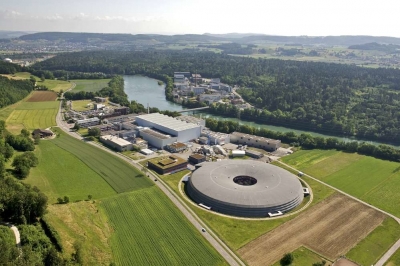
Whenever you move from a well-lit area to one that has dim lighting, your eyes take a little time to get used to the new surroundings and perceive what is around you in this environment. Scientists from the Paul Scherrer Institute (PSI) in Switzerland have shed light on a component of our eyes that helps us see.
The gatekeeper
A protein in the rod cells of the retina acts as an ion channel in the cell membrane and relays the optical signal from the eyes to the brain. The ion channel acts as a gatekeeper and controls which particles are allowed through to the interior of the receptor cell. While the gate is completely open in darkness, a cascade of processes is triggered when light hits the eye, which includes closing the gate and sending the signal to the brain.
Scientists have deciphered the three-dimensional structure of this protein and have published the results of the study in the scientific journal Nature Structural & Molecular Biology. They were able to show that this protein comprises four parts.
The ion channel functions correctly only when these four are found in a particular combination, three units of a particular subunit A and one unit of another B. The PSI scientists were able to show why the presence of subunit B plays such an important role in the proper functioning overall. They were also able to highlight why this particular structure of the protein works not only for the cow’s eye, which they had studied, but for any type of living creatures with sight, be it crocodiles, eagles, or humans.
New medical treatments In order to study the cow’s eyes, the researchers had to take up the complicated and arduous task of the protein from cow’s eyes supplied by a slaughterhouse. As the protein is extremely sensitive, decomposes very fast, and is only available in very small quantities in the source material, the scientists needed two years just to obtain enough protein to work with.
The effort proved to be worthy as the scientists were successful in their endeavour. By using cryo-electron microscopy, they were able to reveal the three-dimensional structure of the ion channel. This is important as it can help us prepare for new medical treatments, including those that can treat diseases caused by genetic disorders and have no known cure as yet.
Picture Credit : Google
Leave a Reply